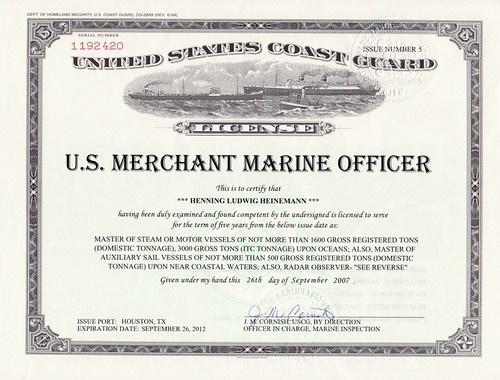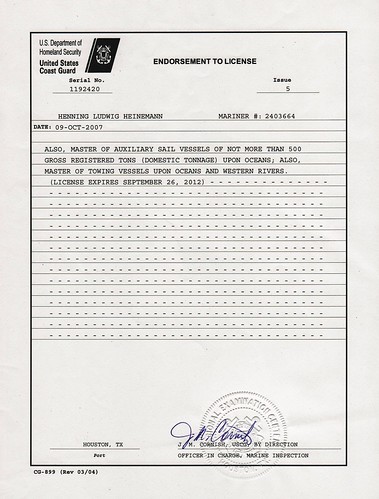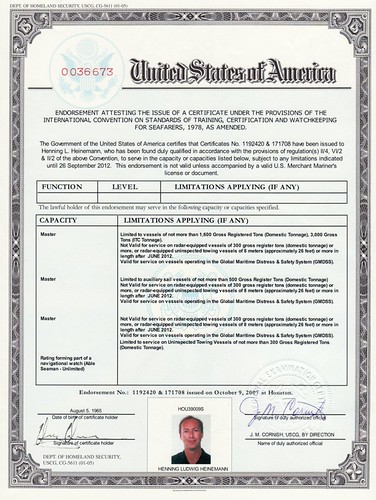John Baker
Final Approach
- Joined
- Oct 4, 2008
- Messages
- 7,471
- Location
- San Diego, California
- Display Name
Display name:
John Baker
Re: Aviation Aggrivations
U.S. Army, two silver bars = Captain. That is the official title.
John
You can call yourself anything you want. You appear as an insecure and pompous fool, but whatever... Captain is an honorarium that others bestow upon you, not something you bestow upon yourself. However, a rowboat does not have a captain, a rowboat has a coxswain. Actually, the term Captain isn't an official term on a non Navy vessel. The official term is Master. My license reads as such:


and my STCW which is the international document:

You don't see the word "Captain" anywhere do you... Also, Captain denotes multiple required crew.
U.S. Army, two silver bars = Captain. That is the official title.
John







 Just Go Advanced!
Just Go Advanced! 
 .
.
